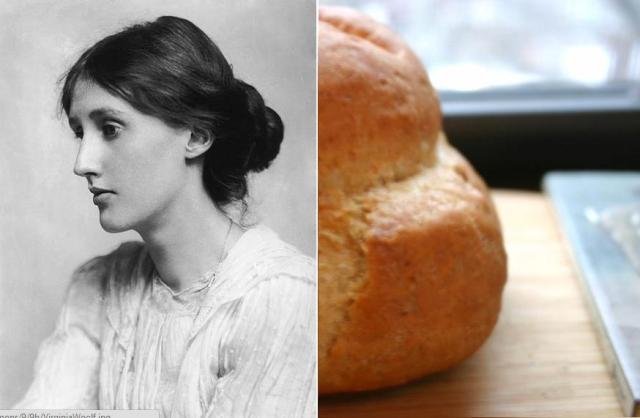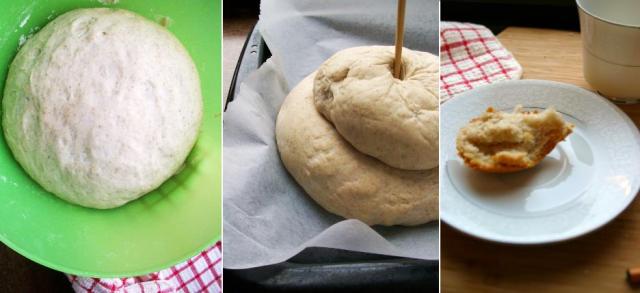When you spend a lot of time talking about food, your friends begin to think you know something they don’t. That’s when the recommendation requests start coming in: for restaurants; recipes; the best thing to bring to a picnic, housewarming, boss’ birthday. This should be fun—flattering, even. But I must have read too much Lewis Carroll as a kid, because instead I feel myself becoming the Red Queen, my culinary commands spoiling someone else’s good time:
‘I know what you’d like!’ the Queen said good-naturedly, taking a little box out of her pocket. ‘Have a biscuit?’
Alice thought it would not be civil to say ‘No,’ though it wasn’t at all what she wanted. So she took it, and ate it as well as she could: and it was very dry; and she thought she had never been so nearly choked in all her life.
Reading Through the Looking Glass for the first time, I saw the Red Queen as everything I disliked about adults: brash, pushy, imposing her will on people less powerful than herself (Every teenage invocation to “Stop telling me what to do, Mom!” was directed partially at her.) As her creator, you’d think Carroll (or Charles Lutwidge Dodgson, if we’re calling him by his real name) would have seen her as a warning. But instead, he was more like her than he’d probably care to admit.
For one, he was also really into biscuits. They formed the core of his diet; after a 9 a.m. breakfast, Dodgson would subsist almost entirely on them for the rest of the day, occasionally pairing them with a nip of sherry. Even when visitors asked him over for a meal, “he assured [them] that he never took anything in the middle of the day but a glass of wine and a biscuit.” He’d often bring his own wine too.
But, taste for biscuits aside, Dodgson also shared the Queen’s worst habit. He believed he knew best, especially where food was concerned. (Besides his Spartan diet, he was also a convert of “Whiteley exercisers,” a 19th-century training regimen bizarrely akin to today’s TRX.) In a classic Red Queen move, he imposed his habits on the children he cared for. According to his nephew, “When he took a certain one of them out with him to a friend’s house to dinner, he used to give the host or hostess a gentle warning, to the mixed amazement and indignation of the child, ‘Please be careful, because she eats a good deal too much.'”
Continue reading “Lewis Carroll: Rosemary Olive Oil Crackers with Sea Salt”























